Collection: Agave
Agaves are easily recognized in many Southwest gardens. All are characterized by succulent or semi-succulent leaves that form rosettes. Sizes can range from a few inches to several feet across. There are many variations on this basic pattern. Agaves flower on tall stalks that grow from the center of the leaf rosette. As a plant approaches maturity (10 to 30 years of age) it accumulates a great quantity of sugar and starch in the heart tissue. These carbohydrates provide the energy that fuels the rapid development of the inflorescence (the flowering structure, including supporting stems), which is usually massive compared to the plant that produces it. In all but a few species the rosette dies after flowering and fruiting, having spent all of its life energy to produce a huge quantity of seeds-a monocarpic (once-fruiting) life cycle. The plants literally flower themselves to death. Though the flowering rosette usually dies, many species produce suckers or pups before or after flowering. In this way clones (multiple, genetically identical, individuals that originated from a single original seed) form colonies that may persist for centuries or longer.
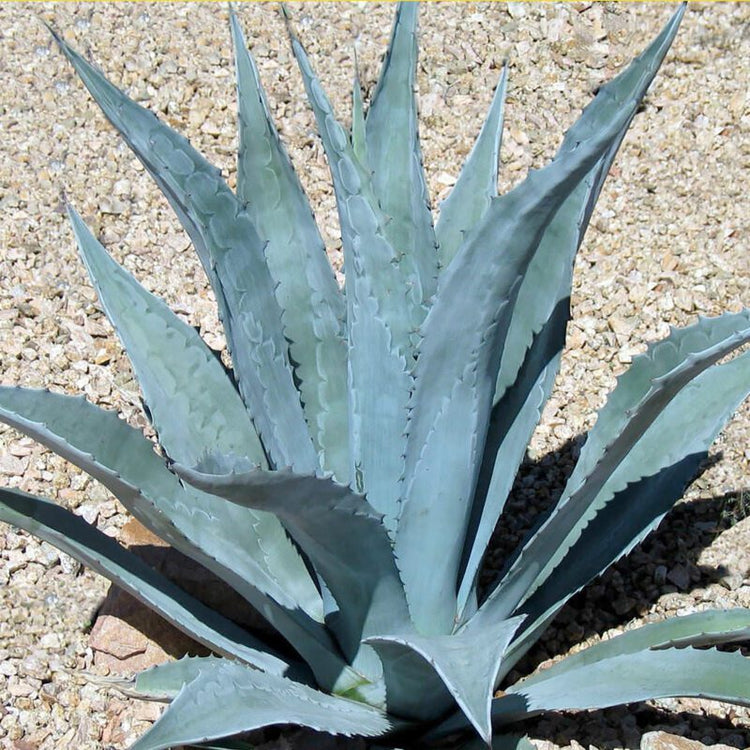
-
 Sold out
Sold outAgave - Artichoke
Regular price $49.00 USDRegular priceUnit price / per -
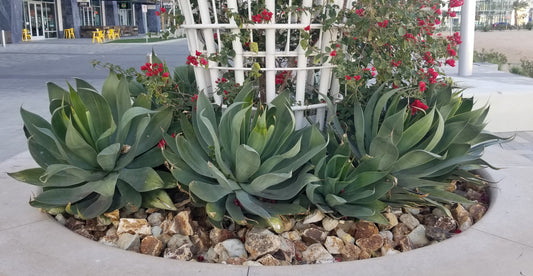
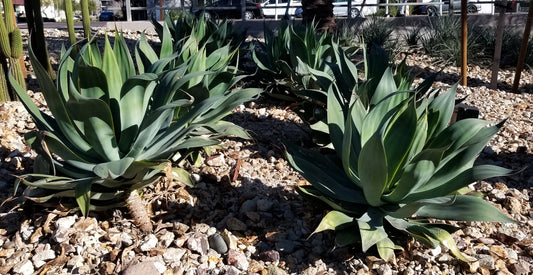 Sold out
Sold outAgave - Blue Flame
Regular price From $49.00 USDRegular priceUnit price / per -
 Sold out
Sold outAgave - Blue Glow
Regular price $49.00 USDRegular priceUnit price / per -
 Sold out
Sold outAgave - Century
Regular price $49.00 USDRegular priceUnit price / per -
 Sold out
Sold outAgave - Century Variegated
Regular price $49.00 USDRegular priceUnit price / per -
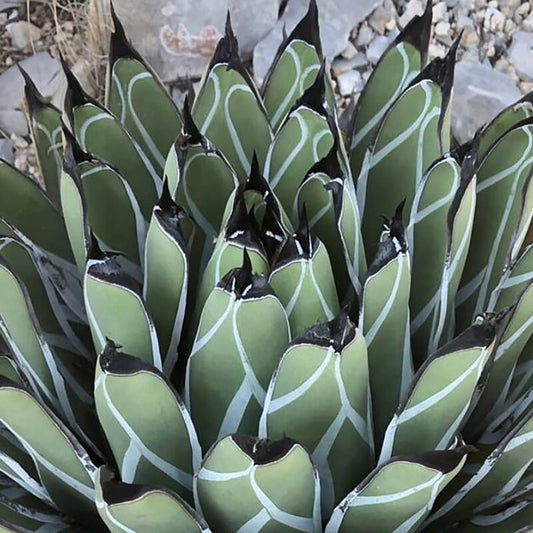 Sold out
Sold outAgave - King Ferdinand
Regular price $49.00 USDRegular priceUnit price / per -
 Sold out
Sold outAgave - Mescal Ceniza
Regular price $49.00 USDRegular priceUnit price / per -
 Sold out
Sold outAgave - Queen Victoria
Regular price $49.00 USDRegular priceUnit price / per -
 Sold out
Sold outAgave - Squid
Regular price $49.00 USDRegular priceUnit price / per -

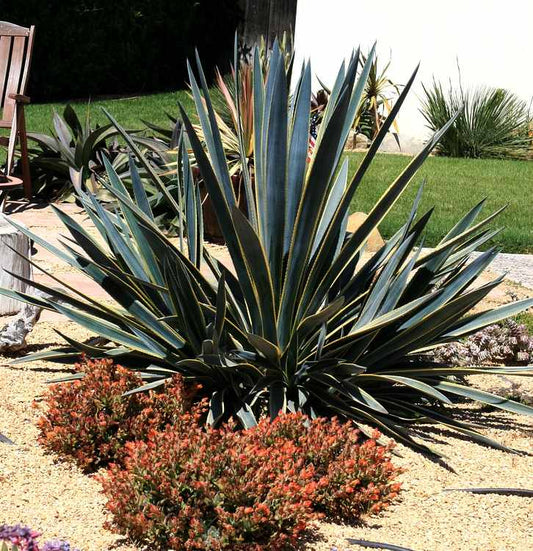 Sold out
Sold outAgave - Tequila Sunrise
Regular price From $49.00 USDRegular priceUnit price / per -
 Sold out
Sold outAgave - Tropical
Regular price $39.00 USDRegular priceUnit price / per -
 Sold out
Sold outAgave - Tropical Variegated
Regular price $39.00 USDRegular priceUnit price / per














